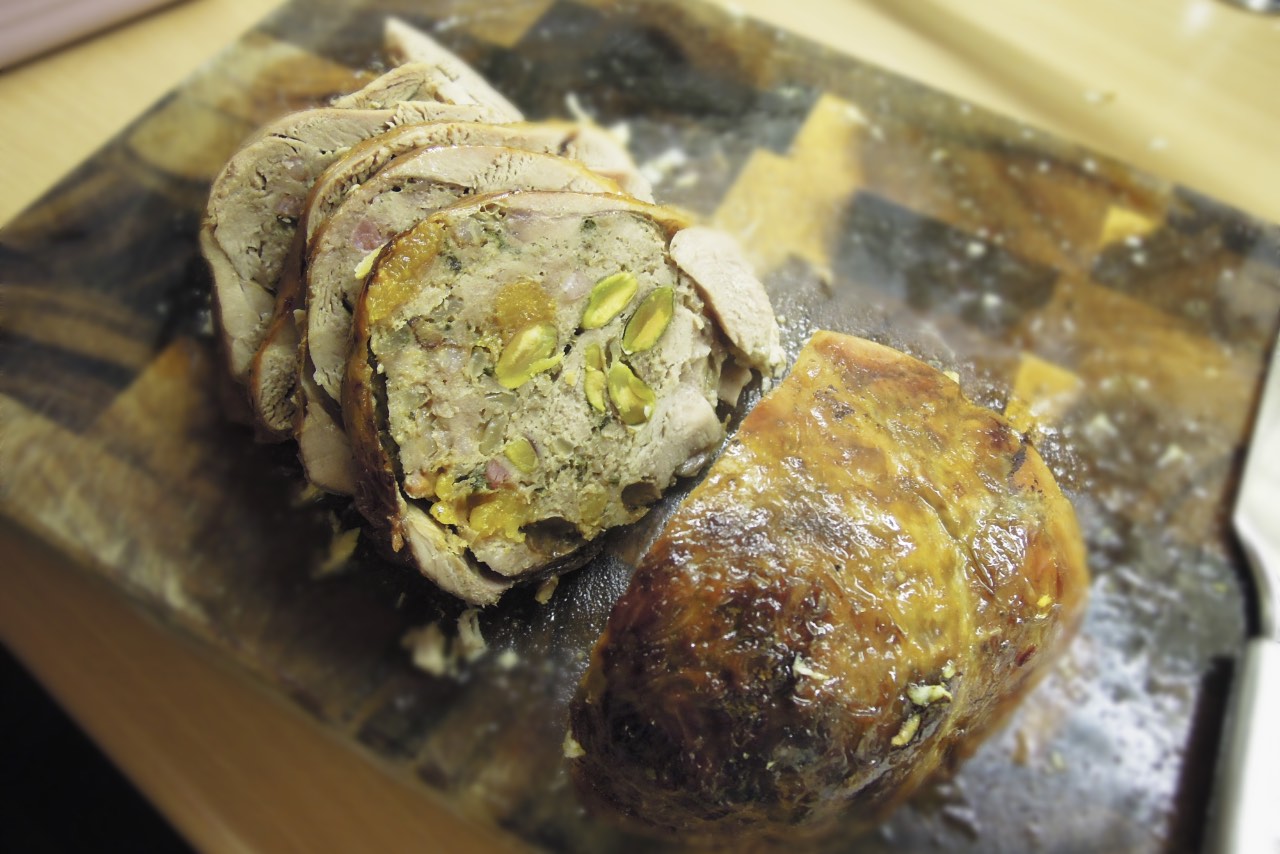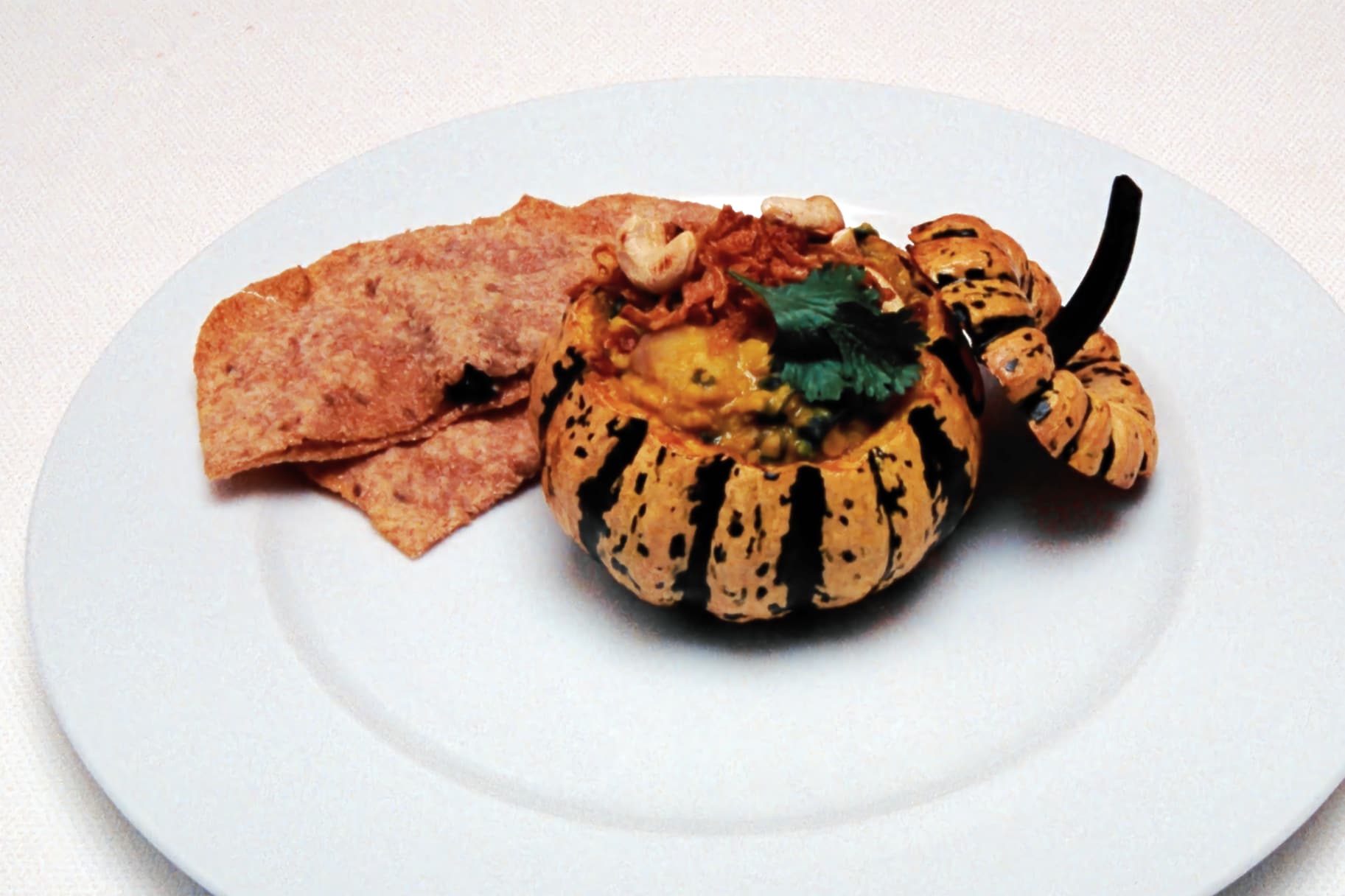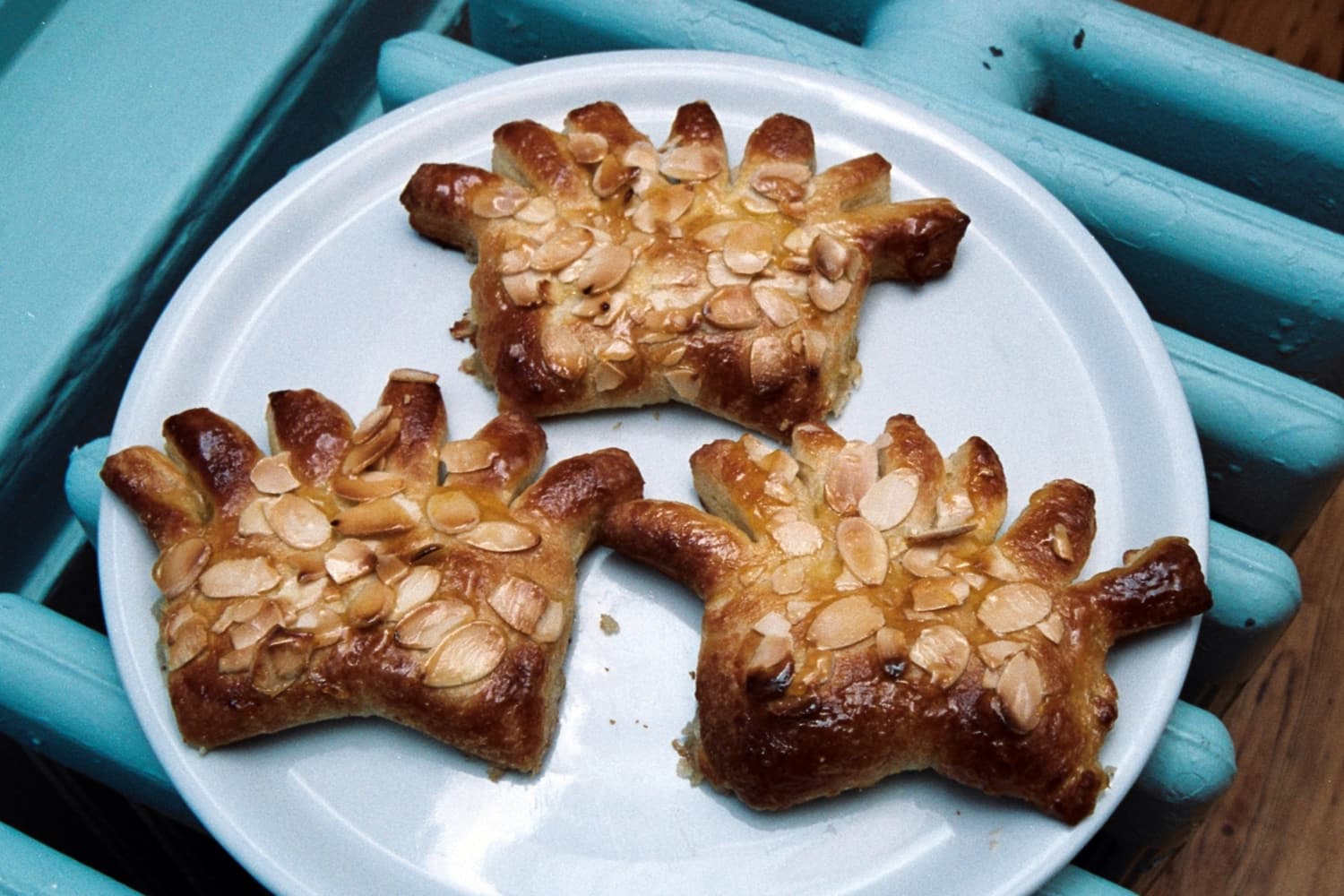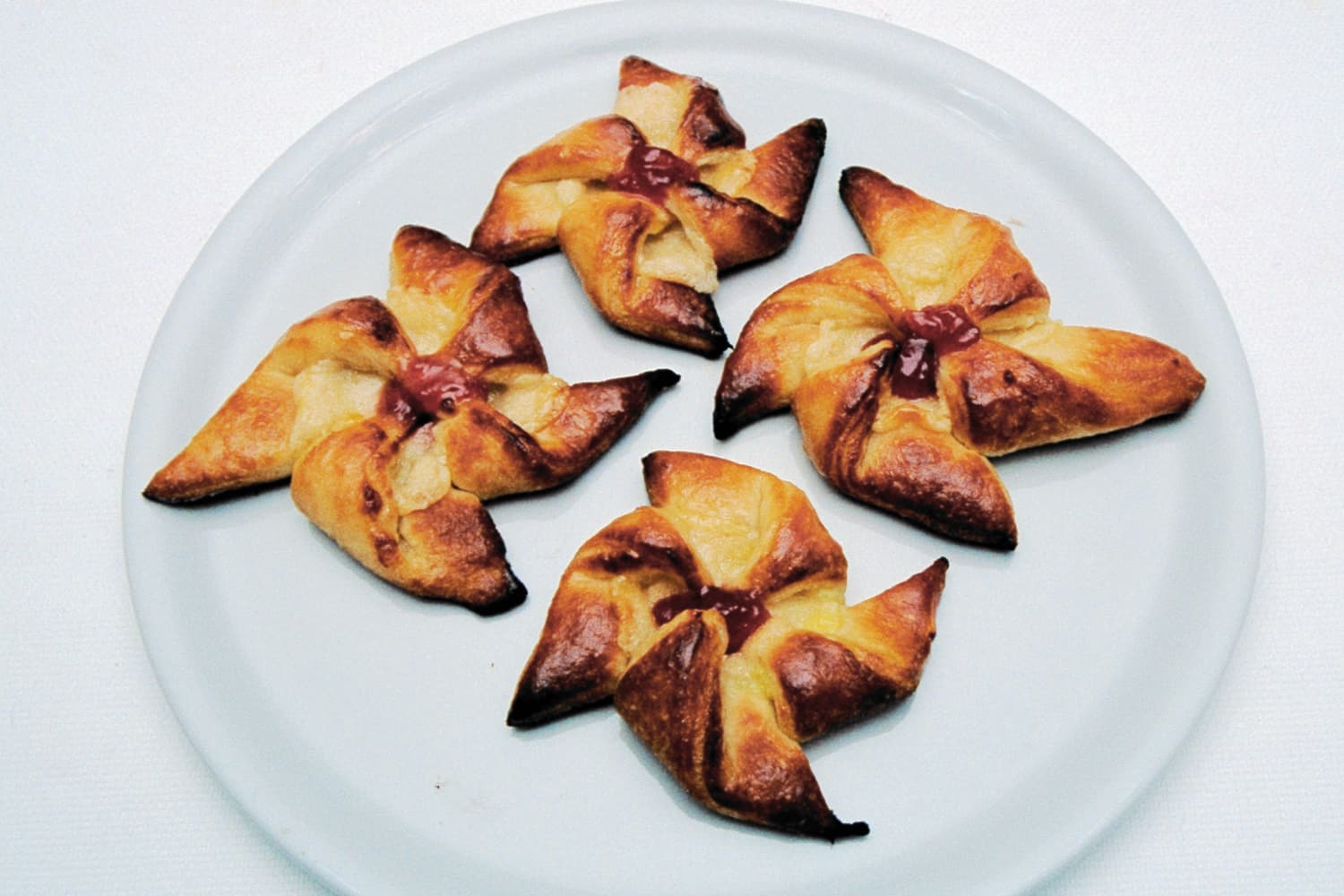Danish Pastries
Using the recipe for Danish pastry you can make a selection of the pastries below. Each recipe is for a 250g of the pastry, so you may wish to use only this and freeze the rest of the pastry for later use.
Spandau are the square Danish pastries that are often filled with vanilla cream and jam.
6 Portions
Prep: 30 minutes (for each type)
Cook: 10 minutes
Cook: 10 minutes
Ingredients
Spandau
- 250g Danish Pastry (see recipe)
- 120g pastry cream (see recipe)
- 2 tbsp strawberry jam
- 2 tbsp apricot jam (melted in a saucepan)
- lemon icing (see recipe)
- 1 egg yolk beaten with 2 tsp of milk
Cock's Comb
- 250g Danish Pastry
- 60g apple puree
- 60g almond paste
- 1 egg yolk beaten with 2 tsp of milk
- 20g flaked almonds
- 3 tbsp apricot jam, melted in a saucepan over a moderate heat for a few minute.
Windmills
- 250g Danish Pastry
- 120g almond paste
- 1 egg yolk beaten with 2 tsp of milk
- 3 tbsp apricot jam, melted
- 2 tbsp raspberry jam
Plaits
- 200g Danish Pastry
- 30g currants
- 1 egg yolk beaten with 2 tsp of milk
- 2 tbsp apricot jam
- lemon icing (see recipe)
Method
Spandau Spandau are the square Danish pastries that are often filled with vanilla cream and jam- Preheat an oven to 200°C. Roll out the pastry into a 30cm square. Cut into 6 squares Place a spoonful of the pastry cream in the centre of each square and spread over a teaspoon of jam. Fold the four corners over to meet in the centre. Place the pastries on a baking tray and place them in a warm place to prove for 15 minutes.
- Brush the pastries with the beaten egg yolk and place them on the top shelf of the preheated oven for 10 minutes. The pastries should be crisp and golden when cooked.
- Remove the pastries from the oven, brush them with apricot jam that has melted in a saucepan. Allow the jam to set and drizzle over lemon icing. Serve.
- Preheat an oven to 200°C. Roll the pastry out into a 30cm square. Spread the almond paste topped with the apple puree down the centre of the pastry (alternatively you can use just one of the fillings). Fold the pastry in half over the filling and seal the edges. Slice the pastry across into 6 rectangles. Makes incisions on the long unfilled sides 1/3 of the way down 8-10 times. Give the pastry a slight bend from the filled side so as to fan out the cut edge. Place the pastries on a baking tray and place them in a warm place to prove for 15 minutes.
- Brush the pastries with the beaten egg yolk and scatter over the flaked almonds. Place the pastries on the top shelf of the preheated oven for 10 minutes. The pastries should be crisp and golden when cooked.
- Brush the pastries with the melted apricot jam and allow them to cool before serving.
- Preheat an oven to 200°C. Roll the pastry out into a 30cm square. Cut the pasty into 6 squares. From each corner cut into the centre leaving 1.5cm in the centre uncut. Place a spoonful of almond paste into the centre of each square. Fold one corner of each triangle into the centre over the almond paste, pressing them firmly. Place the pastries on a baking tray and place them somewhere warm to prove for 15 minutes.
- Brush the pastries with the beaten egg yolk and place them on the top shelf of the preheated oven for 10 minutes. They are cooked when they are golden.
- Remove the pastries from the oven and brush them with the melted apricot jam. Allow the pastries to cool. When they are cool place a small teaspoonful of jam in the centre of each one. They are now ready to serve.
- Divide the pastry into 3 portions and roll these out into equal long sausage like rolls. Join the rolls together at one end and plait them. Cut the plait into 6 small portions or leave it as a large plait. Place the small plaits or large one on a baking tray and place in a warm place to prove.
- Brush the pastry with the beaten egg yolk and scatter over the currants. Place the tray on the top shelf in the preheated oven for 10-12 minutes. The pastry should be crisp and golden.
- Remove the pastry from the oven and brush it with melted apricot jam. When the pastry has cooled drizzle over with lemon icing. Serve.
Recipe Ideas

Galantine of Goose

8-10 Portions

Prep: 45-60 minutes
Cook: 1 1/2 hours

Vietnamese Summer Rolls

20 Rolls

Prep: 30-40 minutes
Cook: 50 minutes

Lentil and Pumpkin Curry in Gem Squashes with Deep Fried Stuffed Chapatis

4 Portions

Prep: 20 minutes
Cook: 40 minutes
Keywords:
danish
pastries
cakes
spandau
vanilla
cream
jam
cock's comb
apple
puree
windmills
Categories:
breads



 Recipe
Recipe